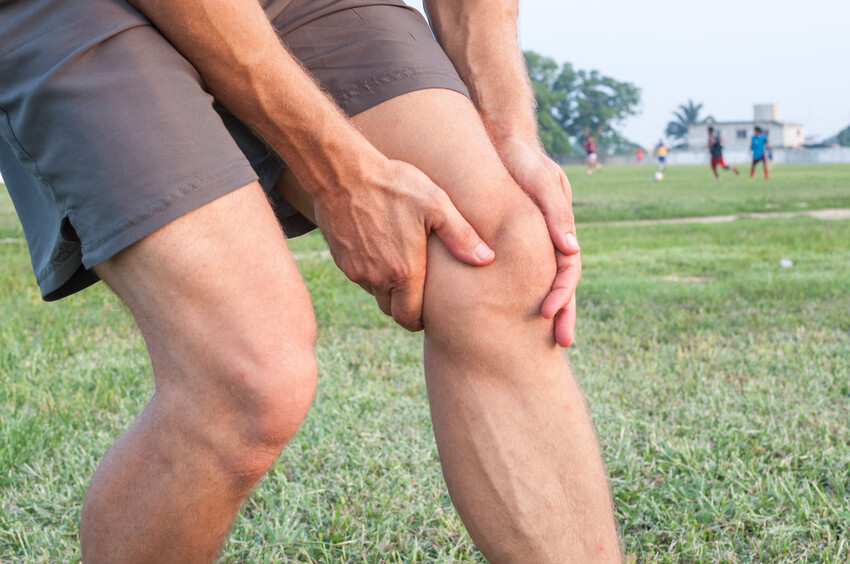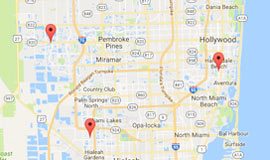If you have torn your meniscus you may be searching for information regarding your injury, or maybe you are researching what you have in store in terms of treatment. This type of injury is typically seen in younger patients or patients who are over the age of 45.
It can occur from simple movements done every day such as squatting, or as a result of playing sports that require movements like twisting the knee.
What is the Menisci?
The lateral and medial menisci are two large C-shaped cartilages positioned on top of the tibia bone at the knee. The menisci aids the distribution of weight across the knee joint. The menisci have the highly important job of protecting the joint. A torn meniscus means the knee joint is at risk due to the lack of stability and protection that the cartilage usually supplies.
How Do I know I’ve Torn My Meniscus?
The signs of a torn meniscus is pain and swelling in the knee area. It’s important to understand that this can happen gradually over time and may not be an instant pain. This is because the cartilage can wear away slowly during movement of the knee joint, this is usually the case with individuals who have osteoarthritis.
Signs of a meniscus tear in younger individuals who play sports are the feeling of locking or catching during movement and the sound of clicking. In such cases, there may not be any pain until the knee is moved in a similar motion to how it was injured.
Either way, this injury can be painful, uncomfortable, and a risk to your joints, so it’s essential to seek medical help to receive a diagnosis and advice.
How Will a Torn Meniscus be Diagnosed?
There is a wide range of severity in cases of a torn meniscus, but all cases require examination, treatment or the patient should be advised for recovery. A doctor will do a range of physical tests including checking for pain and swelling along the joint.
This type of injury often displays a restricted range of motion and pain when bending the knee. The doctor may order imaging tests such as an MRI scan to give a final diagnosis.
How is a Torn Meniscus Treated?
Treatment for a torn meniscus will depend on the severity of the injury. If left to heal by themselves the recovery time is very slow. However, when a meniscus is severely torn following a trauma to the knee this often results in surgery.
The need for surgery in such cases is due to the fact there may be a piece of cartilage interfering with knee movement, hence why individuals hear a clicking sound or feel a locking or catching sensation.
Surgery for a torn meniscus depends on severity, age, activity level, the type of tear, related injuries and finally the potential for a complete recovery following surgery. If the tear is not severe and there is a good prognosis then you may be advised to:
- Rest the injured knee
- Use crutches
- Avoid activities which will worsen the injury
- Ice the knee every three to four hours for thirty minutes
- Use an elastic bandage to reduce inflammation
- Elevate the knee to reduce swelling
The recovery time is usually around six to eight weeks, which can be very frustrating for active individuals but it is essential to allow this time to fully recover and avoid further complications.
Contact Us to Treat a Torn Meniscus
A torn meniscus can be very painful no matter how severe, therefore it’s of great importance to take care and look after yourself to allow a full recovery. The menisci supports up to half of the body’s weight, therefore you should try to avoid the injury in the first place, but seek medical attention if does end up occurring.
The steps you can take to avoid a torn meniscus include wearing the correct footwear, especially during sport, as well as stretching correctly before physical activities.













